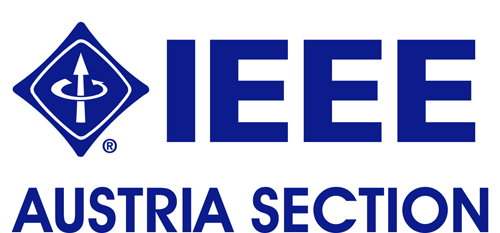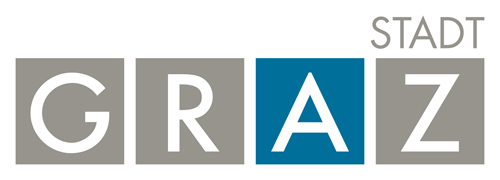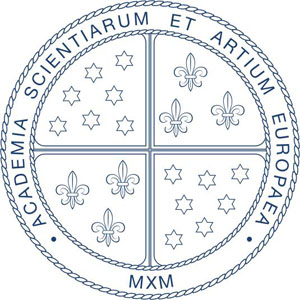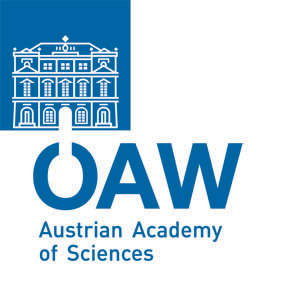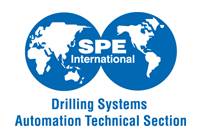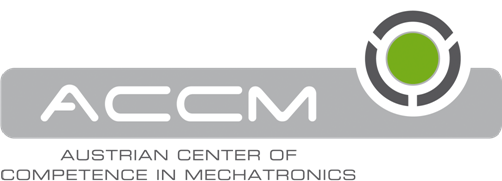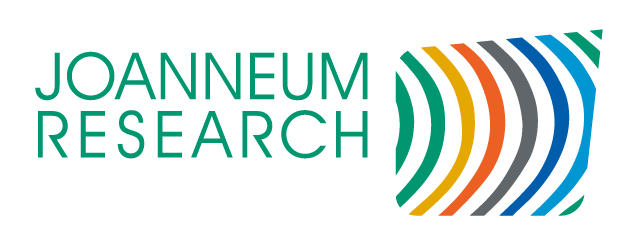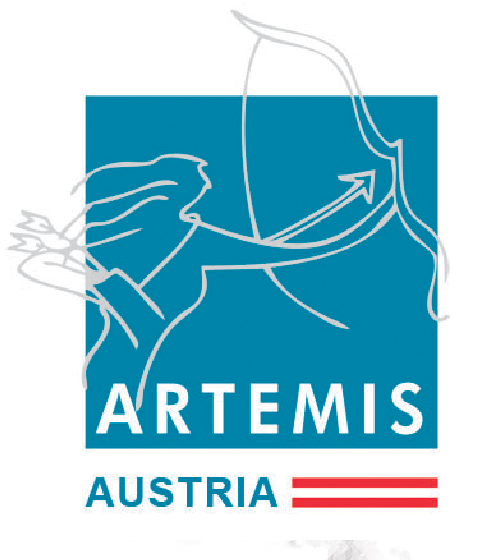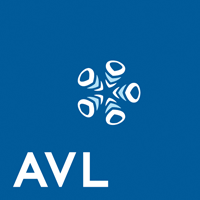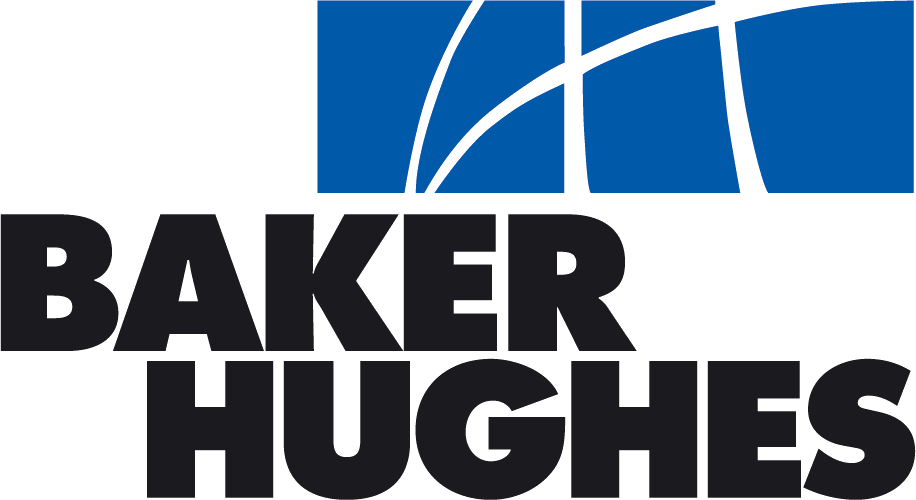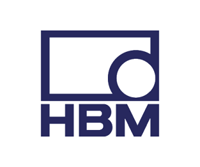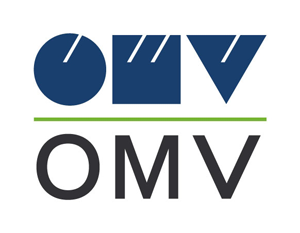A modern electric traction system is composed of several interacting subsystems: the main ones are the power supply and traction line, the vehicles (or trains, or in general rolling stock) and the signalling (or traffic control system); other subsystems are radio and communication, various station services, etc.
The solution of several engineering problems requires the measurement of electrical or electromagnetic quantities, in particular certification and pre-compliance testing.
Testing is focused on some main problems and interfaces, that are listed here to define the scope:
- power quality
- EMC as per applicable standards\
- interference between equipment, subsystems and with the outside world
- characterization of equipment and subsystems.
What characterizes test & measurement activities is that very often the "equipment under test" has a large extension in space, several electromagnetic interfaces to neighboring equipment and subsystems (not always fully understood and controllable), unstable or not fully controllable operating conditions, practical difficulties in accessing the variables due to safety reasons and technical challenges. For historical reasons and like other sectors there have been developed own standards, procedures and criteria, locally to each country and administration, that in the last twenty years have undergone an overall process of harmonization.
It is underlined that in the harmonization process several metrological elements are still far from a satisfactory definition:
- there is in general no specification for the characterization of the background noise, in particular in the measurement of electromagnetic emissions;
- uncertainty, repeatability and reproducibility are not really covered or taken in the due consideration: agencies and infrastructure owners often request only for "certificates";
- test setup uncertainty could be in some cases reduced if procedures suitable for such an adverse environment were suggested and carried on.
The wide research area encompasses:
- measurement and evaluation of Power Quality and other phenomena related to power supply (e.g. resonances, line-vehicle interactions, overvoltages):
this topic covers the design and construction of measurement systems, their characterization, the processing of results with their interpretation with respect to traction line and rolling stock characteristics, definition of procedures to reduce the influence of external unwanted phenomena and non-idealities;
- evaluation of the traction return current, its distribution in the traction line conductors and the consequent coupling to signaling and telecommunication circuits:
it is customary called "transfer function" and it is proposed by the standard EN 50238 for teh compatibility of rolling stock and signaling as the method to study the couplinmg of interefrence and to establish the test conditions for teh demonstration of their compatibility; the standard however gives the responsibility of the definition of the test procedure and conditions to the involved parties that need to study each case with preliminary measurements driven by simulation to evaluate sensitivity and worst case scenarios;
- test and measurement of on-board interference and verification of countermeasures:
the cases of interference caused by static converters onto signaling and communication devices on-board are many and the identification of the coupling path, of the most critical operating conditions and of the effectiveness of the adopted countermeasures is a challenging activity because of the highly interfered environment as a result of the narrow space, of the large currents and voltages and the fast turn-on and turn-off times;
- test and measurement of compatibility of rolling stock with signaling and limit masks:
this topic is particularly critical since it is the culminating activity for the approval of a vehicle to circulate on a railway network; measurement uncertainty and noise translate into increased safety margins with respect to the regulatory limits and thus a more demanding criterion for the test;
- measurement of electromagnetic emissions for vehicle certification:
the reference standard is the EN 50121-3-1 where the limits and the equipment settings are reported, while for the measurement procedures and the metrological aspects reference is made to the CISPR 16; however the electromagnetic environment is rather peculiar and the traction line, the vehicle under test and the whole site may be subject to many slight changes and uncontrolled minor phenomena that are responsible for a great deal of the observed uncertainty; several research activities are directed toward the quantification of the measurement uncertainty and the minimization of the various contributions.
The researchers involved in these activities, balancing between theoretical/modeling and practical approaches, belong to both research centers or universities and manufacturers or infrastructure owners.



